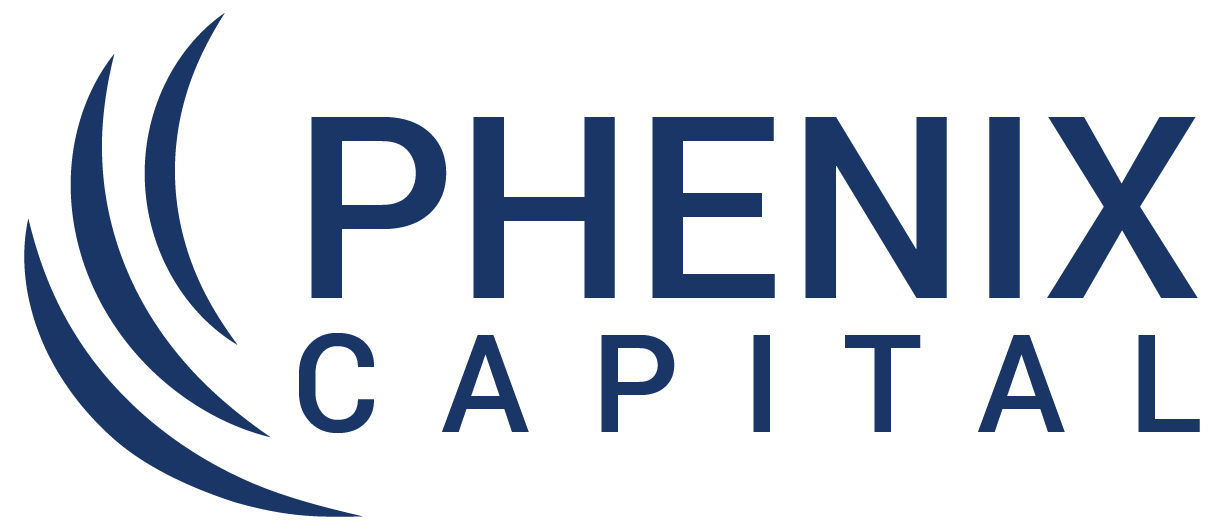Sustainable Development Goals
& Impact Investing themes
Find below the definition of the Sustainable Development Goals (SDGs) and their correlation with the most globally endorsed impact investing terms used by practitioners in the financial sector.
CONTACT US
Let's talk impact investing
If you can't find below what you are looking for, don't hesitate to ask us any questions that you may have regarding impact investing today.
Send your question%20(1100%20%C3%97%20400%20px)%20(1).jpg?width=1100&height=400&name=_(1200%20%C3%97%20400%20px)%20(1100%20%C3%97%20400%20px)%20(1).jpg)
Sustainable Development Goals (SDGS), What are they?
The Sustainable Development Goals (SDGs) are the result of several multilateral agreements that were signed in 2015, such as the Paris Agreement, where all UN Member States adopted the 2030 Agenda for Sustainable Development, a global plan of action for people, the planet, prosperity, and peace through a worldwide partnership.
There are 17 Sustainable Development Goals (SDGs) and 169 sub-targets which reflect an urgent call of action to all UN Member States – developed and developing countries – to end poverty, reduce inequalities and tackle climate change through a global partnership. All signatories states must take action, at a higher speed and scale, in order to meet these goals by 2030.
Phenix Capital Group supports financial institutions worldwide in the adoption of the Sustainable Development Goals and their sub-targets, from strategy selection to investment management and impact reporting, fostering sustainable development and accountability for the capital deployed, with the aim to contribute to the SDGs and reach financial returns.
Most targeted SDGs
Each one of the Sustainable Development Goals is related to a different theme, such as poverty, water, renewable energy, climate, oceans, urbanization, mobility, science, technology development, and more.
Below/on the right you find the historically most targeted SDGs (the ones which received the highest amount of capital committed so far) according to our Impact Database, as of October 2022.

250+ billion in capital committed

Almost 150 billion in capital committed


100+ billion in capital committed
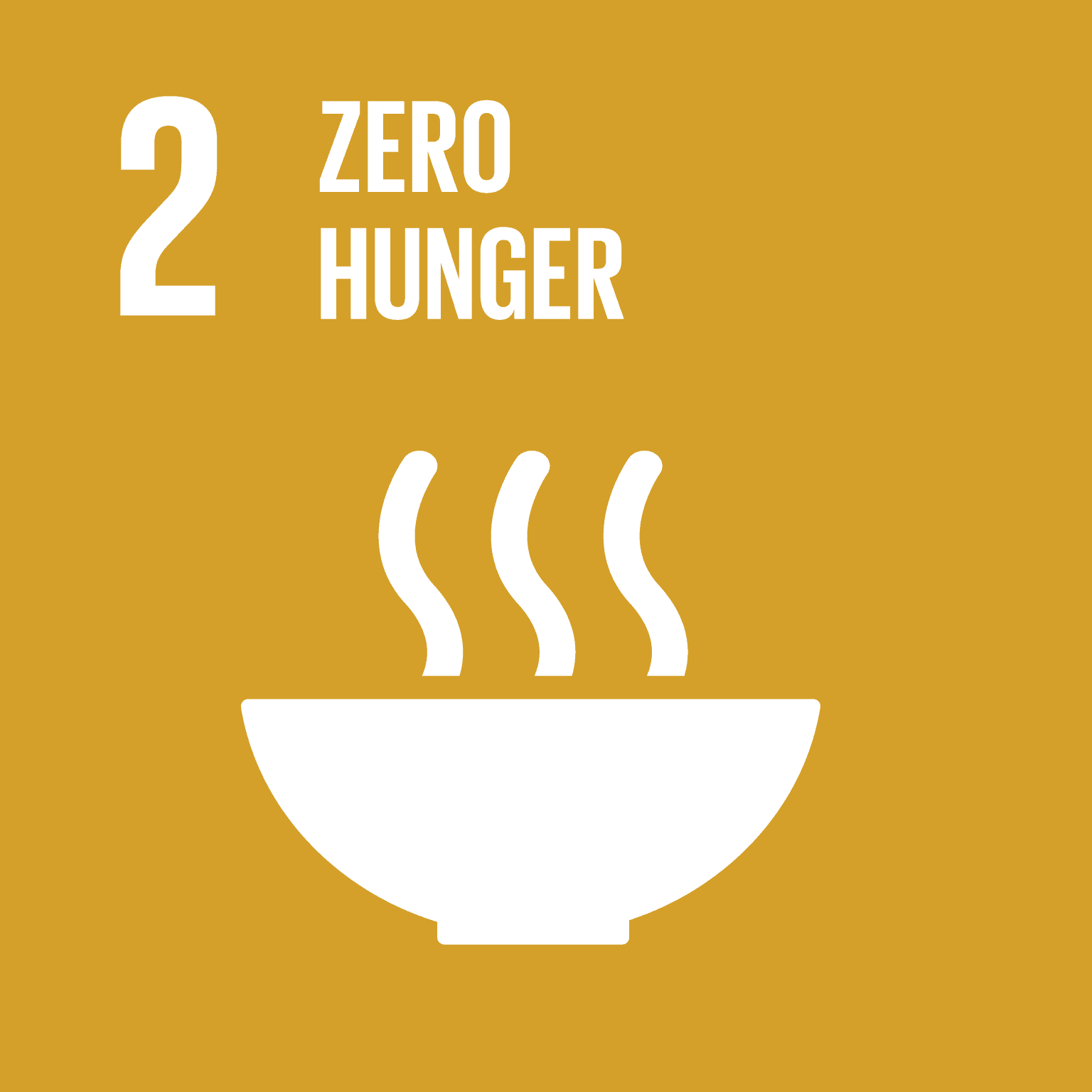
100+ billion in capital committed
SDGs & Impact Investing Themes
Phenix Capital Group has matched the SDGs with the themes that are commonly used by worldwide impact investing practitioners in the financial sector, such as fund managers and fund allocators, to better understand how the SDGs and their sub-goals translate into outcome-based investment areas. Those are terms that derive from generally accepted frameworks.
Mapped against the SDGs' sub-goals, our Impact Investing Themes offer a comprehensive way for investors and fund managers in the financial industry to identify what social or environmental outcome is generated by an impact investment and its contribution to the Sustainable Development Goals.

SDG 1: No Poverty
End poverty, in all of its forms, everywhere.
Equivalent Impact Investing Themes:
Financial inclusion
-
Providers of financial services for those whose needs are not met by the market. It aims to increase financial literacy and render banking accessible to everyone. (Related to Sub-SDG 1.5)
Poverty reduction
-
Providing access to basic and essential goods and services, addressing the impact of poverty through sustained, inclusive and equitable economic growth in developing countries. (Related to Sub-SDG 1.5.B)
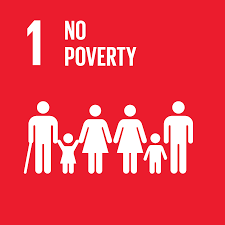
SDG 2: Zero Hunger
End hunger, achieve food security and improved nutrition, and promote sustainable agriculture.
Equivalent Impact Investing Themes:
Access to food
-
Solutions across the food/agriculture business value chain that address global megatrends and aim to eradicate poverty (Related to Sub-SDG 2.1)
Foodtech
-
Raising nutritional standards and the level of nutritional content present in the food sold on global markets through the use of technology. (Related to Sub-SDG 2.2)
Smallholder farming
-
Development of farms less than five acres in size, contributing to food and nutrition security, income, raw materials, economic markets and playing a role in cultural, environmental and sustainable conservation as well as the empowerment of smallholder farmers as key players in the global economy. (Related to Sub-SDG 2.3)
Sustainable agriculture & farming
-
An integrated system of plant, animal production practices and Agtech solutions which will, over the long term: Satisfy human food and fiber needs, Enhance environmental quality and the natural resource base upon which the agricultural economy depends. (Related to Sub-SDG 2.4)

SDG 3: Good Health and Well-being
Ensure healthy lives and promote wellbeing for all, at all ages.
Equivalent Impact Investing Themes:
Wellbeing & mental health
-
Solutions aimed to cope with normal stresses of life, and healthy living practices to reduce stress at work, promote fitness and healthy nutrition standards. (Related to Sub-SDG 3.4)
Unmet medical needs
-
Solutions innovating on sciences that study human life and all organisms such as biology, biotechnology, genomics, virology, etc. add something about access to un-met medical needs. (Related to Sub-SDG 3.3)
Aging population
-
Solutions that recognise the demographic reality represented by a population that lives longer whose needs and abilities change, and with that, require adapted services and products. (Related to Sub-SDG 3.8)
Access to healthcare & improved quality of care
-
Solutions providing a range of medical care services aiming for better access and affordability or improving current care and services available to patients. (Related to Sub-SDG 3.8)

SDG 4: Quality Education
Ensure inclusive and equitable quality education and promote lifelong learning opportunities for all.
Equivalent Impact Investing Themes:
Access to education
-
Solutions aiming to increase literacy and educational outcomes to underserved children and adults. (Related to Sub-SDG 4.3)
Edtech
-
Educational technology is the combined use of computer hardware, software, and educational theory and practice to facilitate learning. (Related to Sub-SDG 4.7.B)
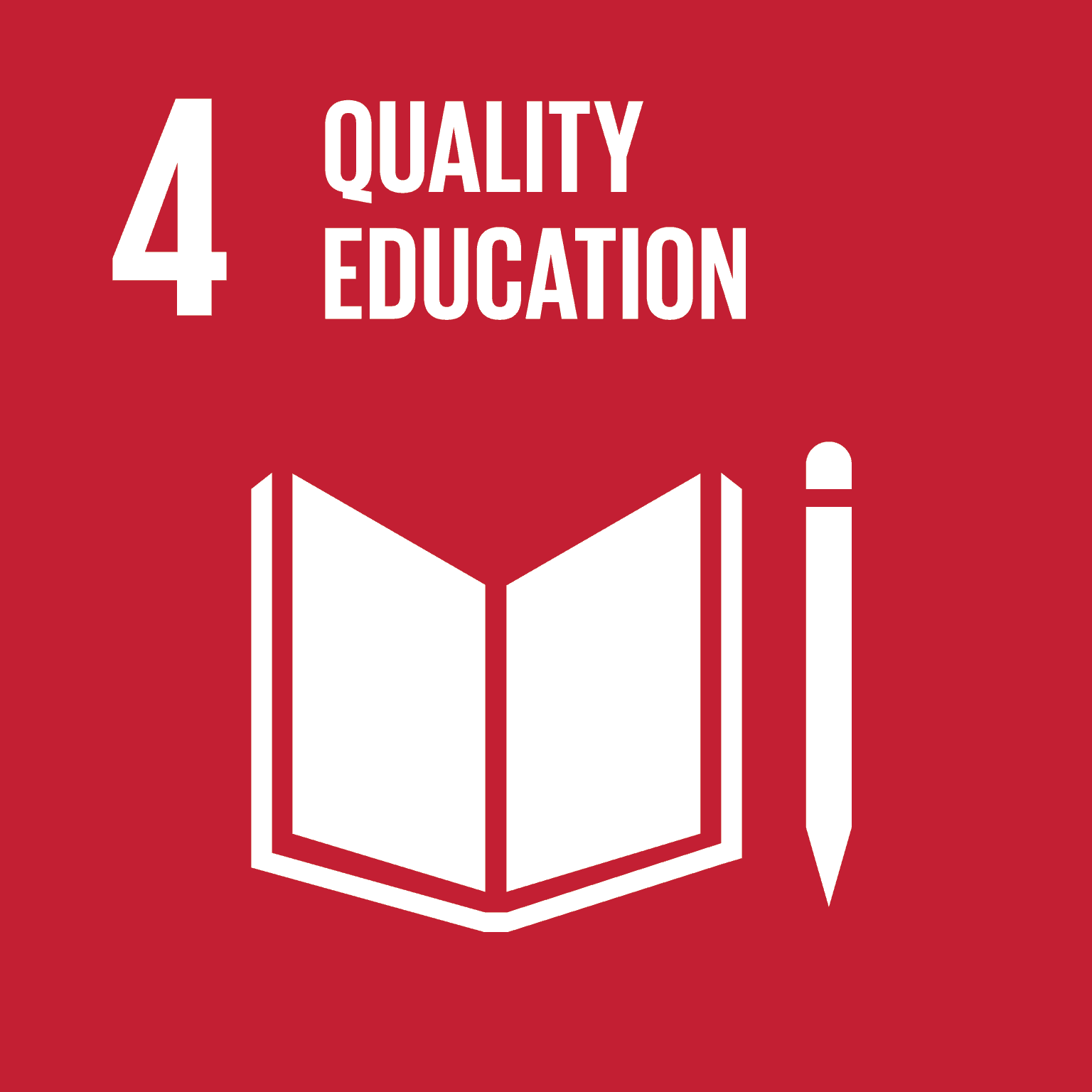
SDG 5: Gender Equality
Achieve gender equality and empower all women and girls.
Equivalent Impact Investing Themes:
Gender Lens
-
Strategy or approach to investing that takes into consideration gender-based factors across the investment process to advance gender equality and better inform investment decisions (Related to Sub-SDG 5.6.C).
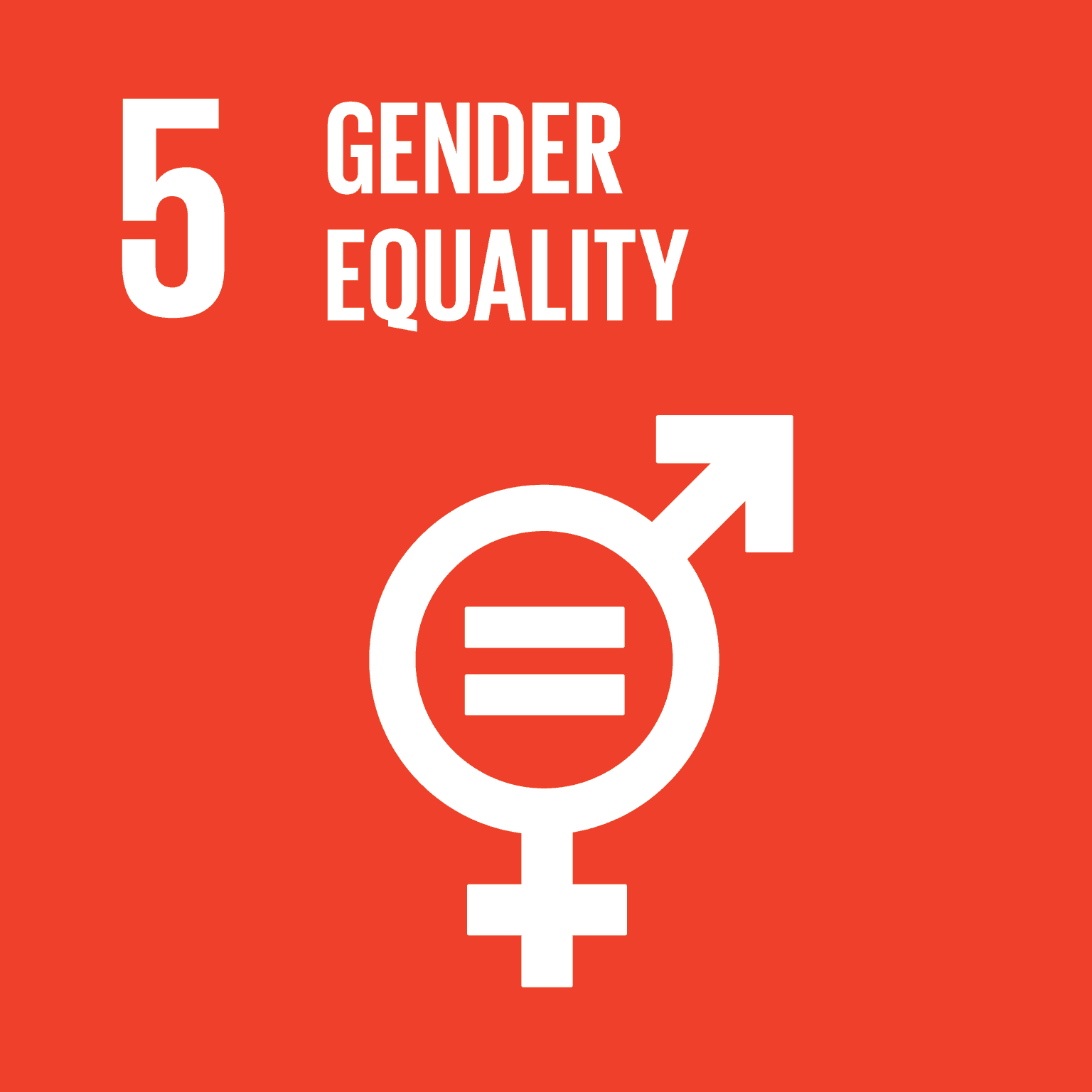
SDG 6: Clean Water and Sanitation
Ensure the availability and sustainable management of water and sanitation for all.
Equivalent Impact Investing Themes:
Access to water & Sanitation
-
Affordable and sustainable access to water and sanitation services (Related to Sub-SDG 6.1)
Water & Sanitation EFFICIENCY
-
Solutions aimed at implementing integrated water resources management at all levels (Related to Sub-SDG 6.5)
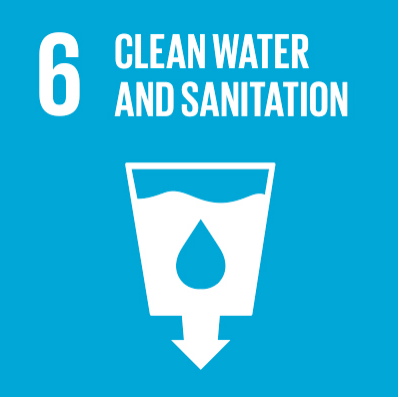
SDG 7: Affordable and Clean Energy
Ensure access to affordable, reliable, sustainable, and modern energy for all.
Equivalent Impact Investing Themes:
(Clean) Energy access scarcity
-
Solutions aimed at addressing energy poverty in developing countries. (Related to Sub-SDG 7.3.aA)
Transition to renewable energy
-
Innovations targeting the development and commercialization of renewable energy sources such as solar, wind, hydroelectric, geothermal and others. (Related to Sub-SDG 7.2)

SDG 8: Decent Work and Economic Growth
Promote sustained, inclusive, and sustainable economic growth, full and productive employment, and decent work for all.
Equivalent Impact Investing Themes:
Access to Employment
-
Solutions aiming to increase access to employment opportunities (Related to Sub-SDG 8.4).
Sustainable and Decent work
-
Solutions aimed to increase labour skills to increase employment and access to sustainable jobs (Related to Sub-SDG 8.2).
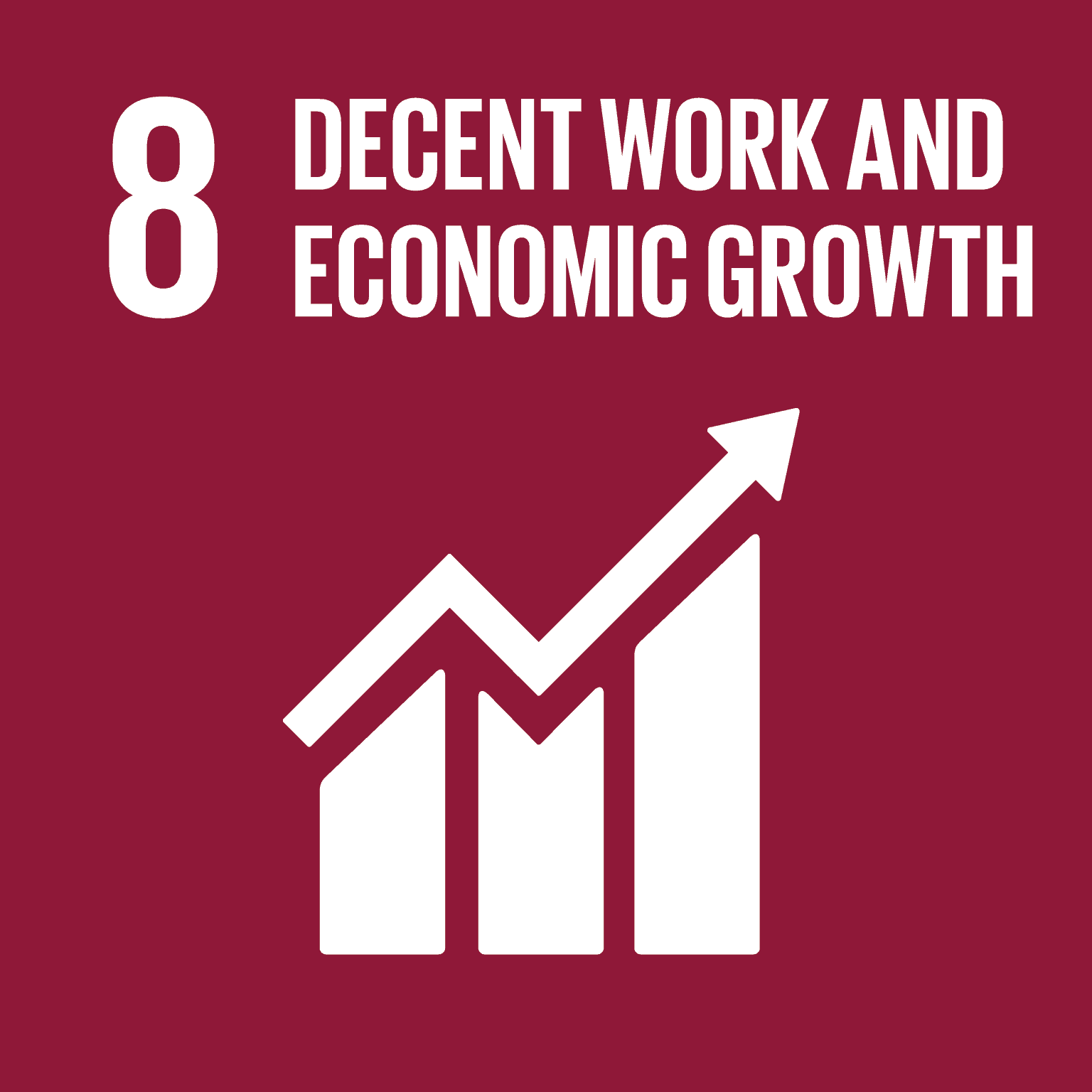
SDG 9: Industry, Innovation and Infrastructure
Build resilient infrastructure, promote inclusive and sustainable industrialization, and foster innovation.
Equivalent Impact Investing Themes:
Access to Information and Communication Technologies (ICT) services
-
Software-focused solutions that enable users to access, store, and transmit information (Related to Sub-SDG 9.5.C).
Cleantech
-
Innovation and development of technology-related solutions which contribute to a low-carbon, net zero economy. Examples are clean energy sources and energy efficiency and carbon sequestration (Related to Sub-SDG 9.4)
FinTech
-
Providers of digital financial services such as mobile banking or direct lending through technology (Related to Sub-SDG 9.3)

SDG 10: Reduced Inequalities
Reduce inequality within and among countries.
Equivalent Impact Investing Themes:
Inclusive economy
-
Solutions aimed at empowering and promoting the social, economic and political inclusion of all, irrespective of age, sex, disability, race, ethnicity, origin, religion or economic or other status (Related to Sub-SDG 10.2).

SDG 11: Sustainable Cities and Communities
Make cities and human settlements inclusive, safe, resilient, and sustainable.
Equivalent Impact Investing Themes:
Access to social infrastructure
-
Construction and maintenance of facilities that support social services (Related to Sub-SDG 11.3).
Affordable housing
-
Housing units for rent or for sale for those with a median household income or below, whose demands are not met by the market (Related to Sub-SDG 11.1)
Clean transportation
-
Mobility-related developments that aim to render transportation of goods and people faster, more efficient and less carbon-intensive (Related to Sub-SDG 11.2).
Culture preservation and improvement
-
Entities which preserve cultural heritage, favour responsible tourism, and incentivize the cross-sectoral application of the arts to other sectors (Related to Sub-SDG 11.4).
Green buildings & Infrastructure
-
Resource-efficient buildings from planning to design, construction, operation, maintenance, renovation, and demolition (Related to Sub-SDG 11.4.B).
Smart & sustainable cities
-
Innovations and developments for data connection and collection across cities to improve assets management, resources, mobility and services to their citizens (Related to Sub-SDG 11.4.A).
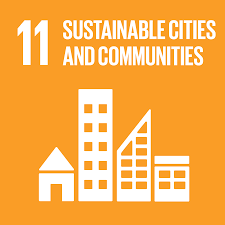
SDG 12: Responsible Consumption and Production
Ensure sustainable consumption and production patterns.
Equivalent Impact Investing Themes:
Circular economy: Solutions that aim to be regenerative by design by maintaining nonrenewable materials within the system and managing responsibly the use of renewable materials (Related to Sub-SDG 12.5).
-
Ethical & sustainable supply chain and manufacturing
-
Raising supply chain standards by minimizing waste, ensuring ethical standards, and maintaining raw materials within the system (Related to Sub-SDG 12.4.C).
-
-
Sustainable and ethical consumer products and services
-
Solutions favouring sustainable production and consumption practices and trying to generate a positive impact (Related to Sub-SDG 12.1).
-
-
Waste management
-
Responsible and sustainable collection, transportation, treatment, and disposal of waste while monitoring the waste management process (Related to Sub-SDG 12.4).
-
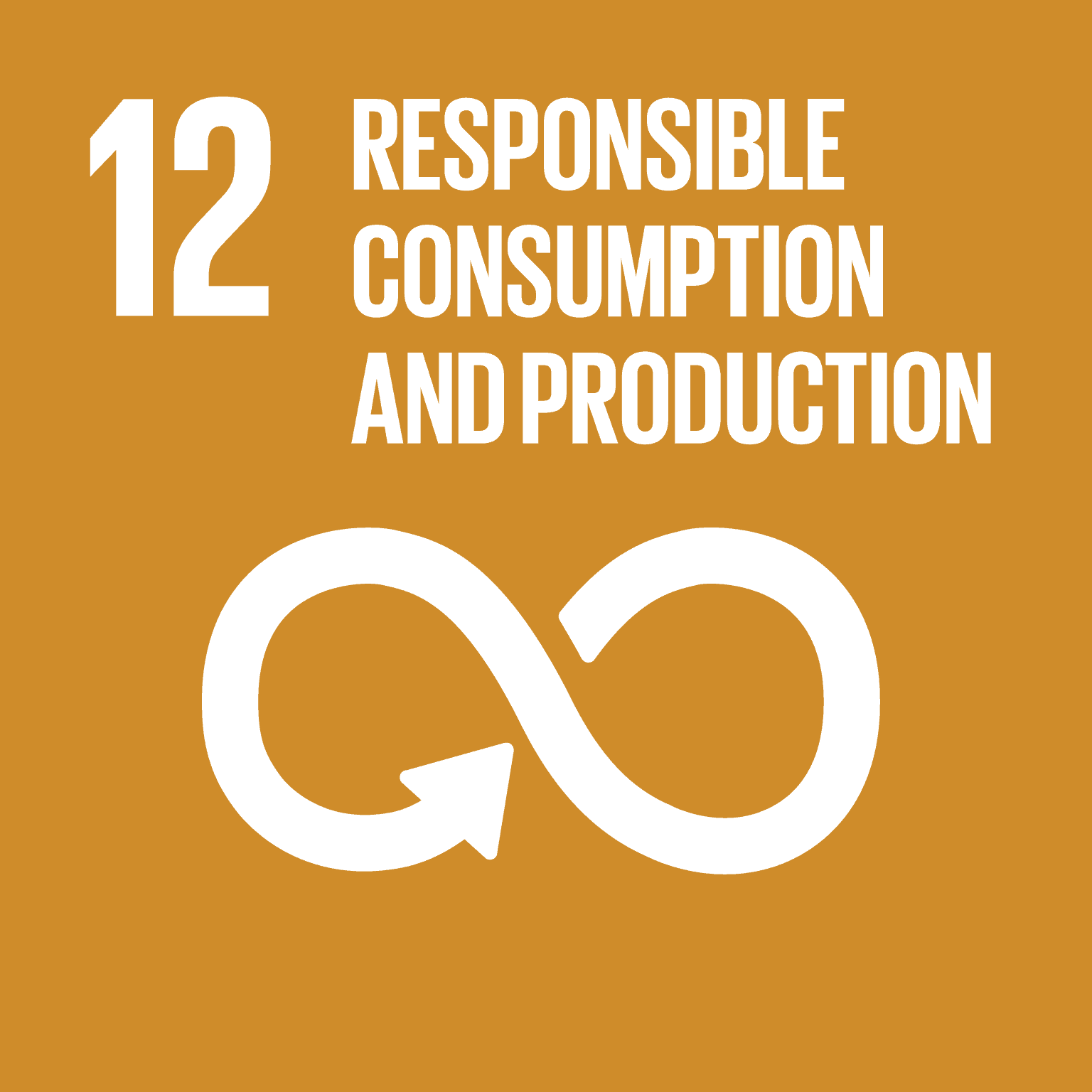
SDG 13: Climate Action
Call to take urgent action to combat climate change and its impacts.
Equivalent Impact Investing Themes:
Climate mitigation
-
Solutions aimed at preventing, avoiding and reducing emissions of heat-trapping greenhouse gases into the atmosphere to prevent the planet from warming to more extreme temperatures (Related to Sub-SDG 13.3.A).
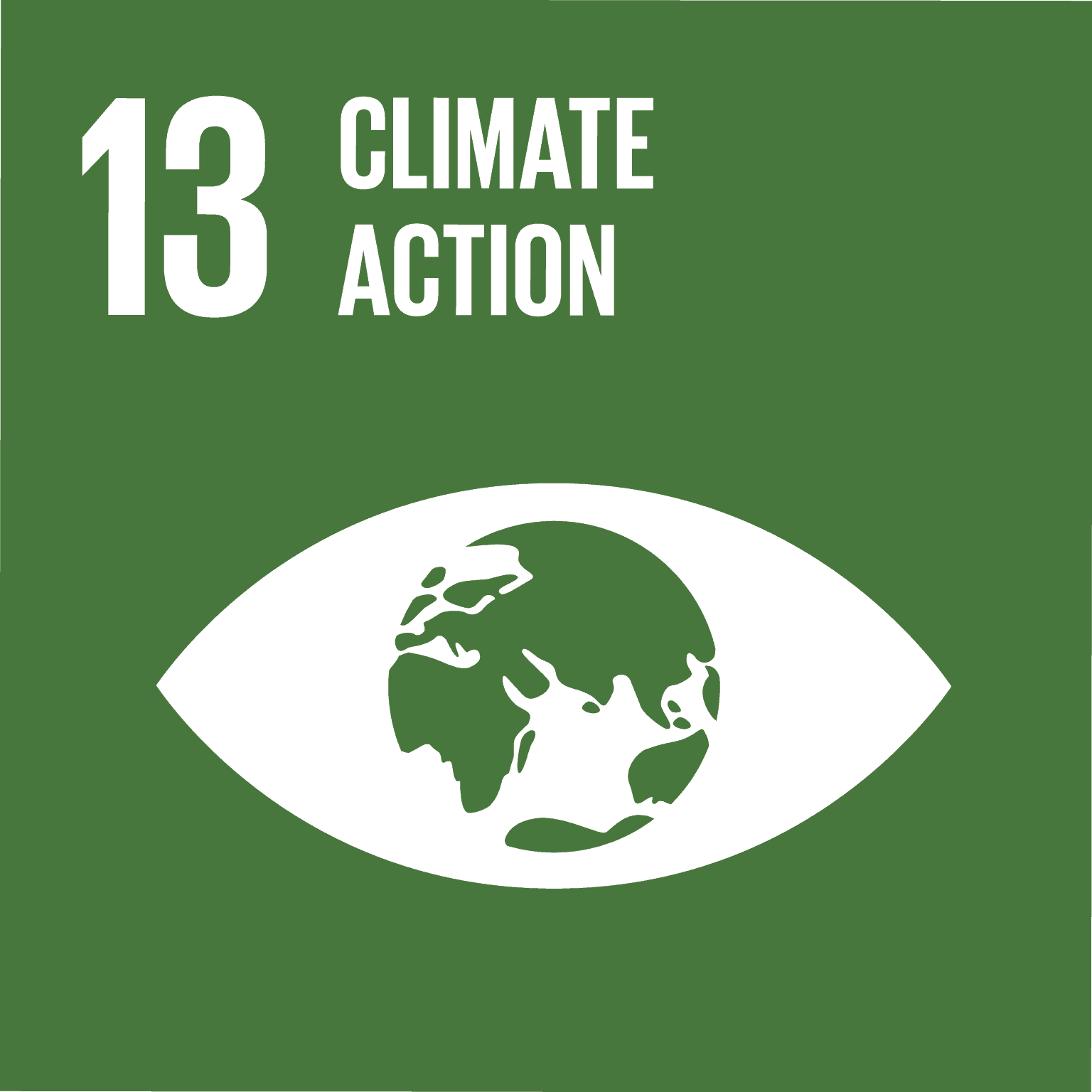
SDG 14: Life Below Water
Conserve and sustainably use the oceans, seas, and marine resources for sustainable development.
Equivalent Impact Investing Themes:
Ocean Preservation
-
Preservation and restoration of the ocean’s natural conditions, including the biodiversity of species and organisms that depend on it (Related to Sub-SDG 14.1).
Small-scale fisheries
-
Traditional fisheries involving fishing households, using a relatively small amount of capital and energy, relatively small fishing vessels, making short fishing trips, close to shore, mainly for local consumption (Related to Sub-SDG 14.4.A).
Sustainable aquaculture
-
Innovations on sustainable fish production methods that do not damage and pollute the oceans and its ecosystem (Related to Sub-SDG 14.4).

SDG 15: Life on Land
Protect, restore, and promote sustainable use of terrestrial ecosystems, sustainably manage forests, combat desertification, and halt and reverse land degradation and halt biodiversity loss.
Equivalent Impact Investing Themes:
Conservation & Biodiversity
-
Protection and restoration of natural lands, including the species and communities that depend on them. The most common techniques include preservation, restoration, remediation, and mitigation. Biodiversity: Restoration of safe biodiversity levels by for example building resilience in forestry, farmland, and ocean ecosystems and by preserving real assets while helping the communities that depend on them. (Related to Sub-SDG 15.4).
Forestry management
-
Sustainable forestry practices to increase biodiversity and sequester carbon while managing responsibly forests’ associated resources for the benefit of its communities. (Related to Sub-SDG 15.2).
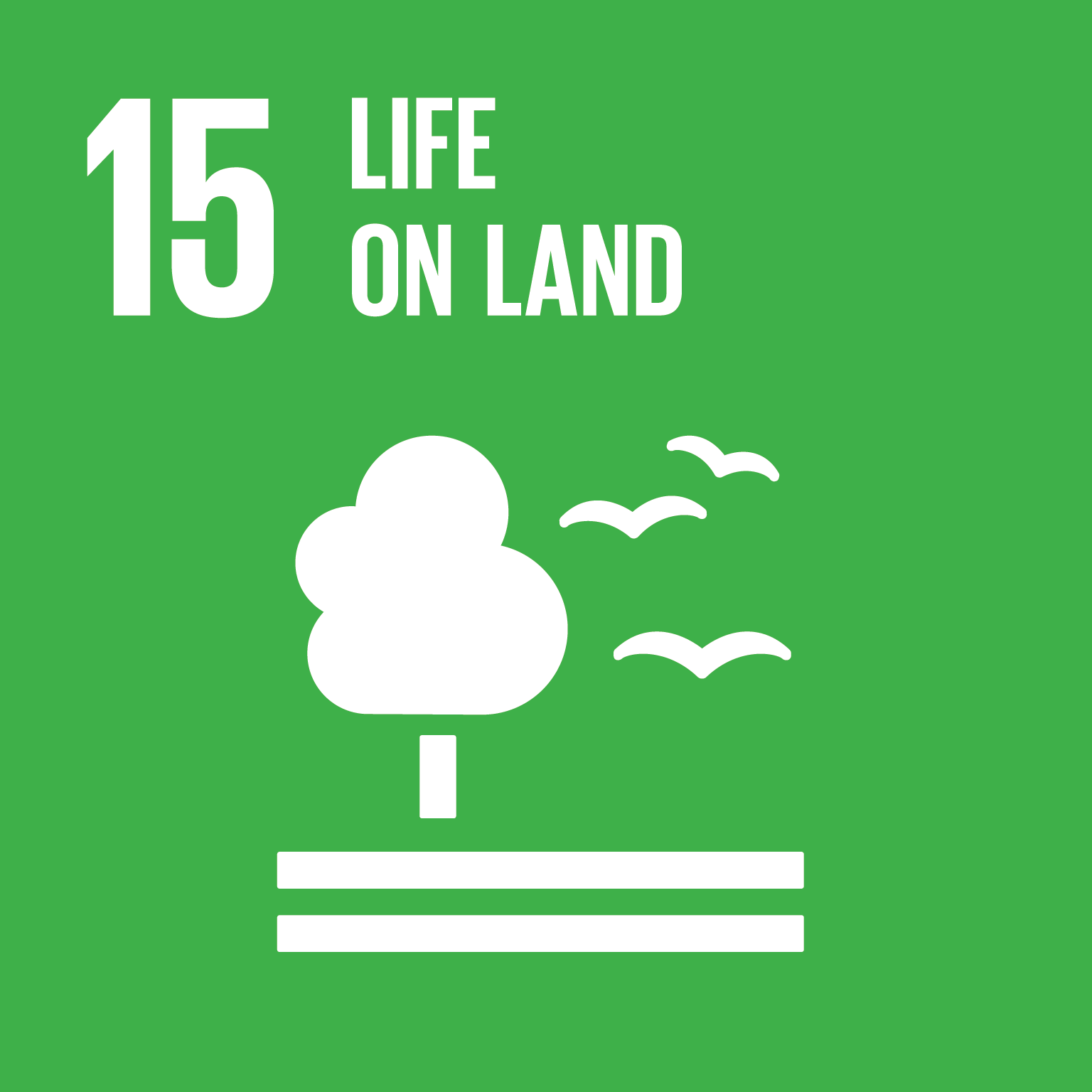
SDG 16: Peace, Justice and Strong Institutions
Promote peaceful and inclusive societies for sustainable development, provide access to justice for all, and build effective, accountable, and inclusive institutions at all levels.
Equivalent Impact Investing Themes:
Peacebuilding economy
-
Solutions aimed at fostering refugee inclusion, free media and speech, and maintaining and protecting the economic and cultural foundations of a community and the population (Related to Sub-SDG 16.4).
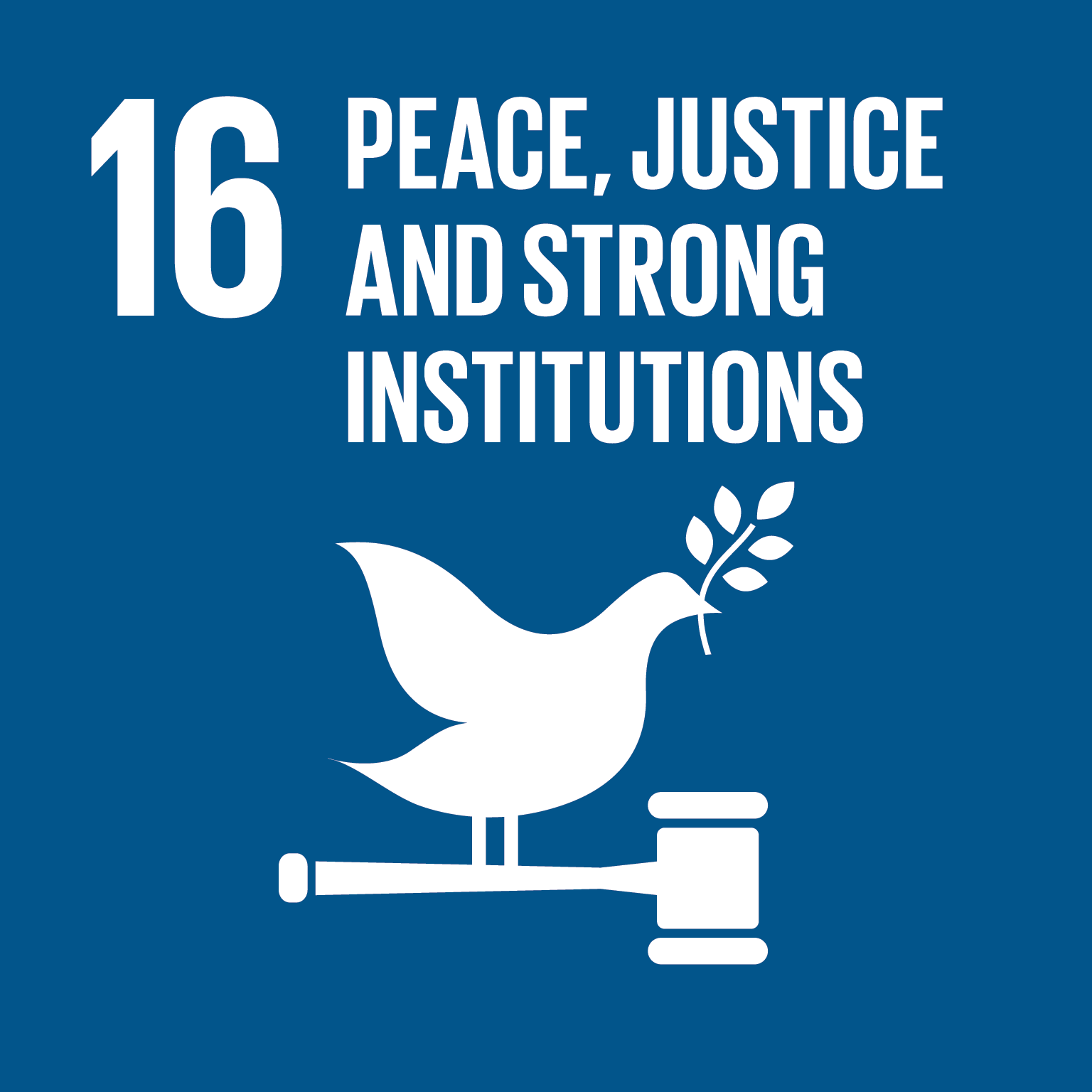
SDG 17: Partnerships For The Goals
Strengthen the means of implementation and revitalize the global partnership for sustainable development.
Equivalent Impact Investing Themes:
Blended finance
-
Strategic use of development finance for the mobilisation of additional finance towards sustainable development in developing countries (Related to Sub-SDG 17.3).
Technical assistance services
-
Ad-hoc support for technical management of funds; common in infrastructure, real estate, forestry, agriculture and microfinance (Related to Sub-SDG 17.17).

MORE RESOURCES
A Collection of useful tools, definitions and information
Our Knowledge Hub is the place to learn the essentials of impact investing and gather useful free impact reports revealing impact investing trends and more.
Visit Knowledge Hub